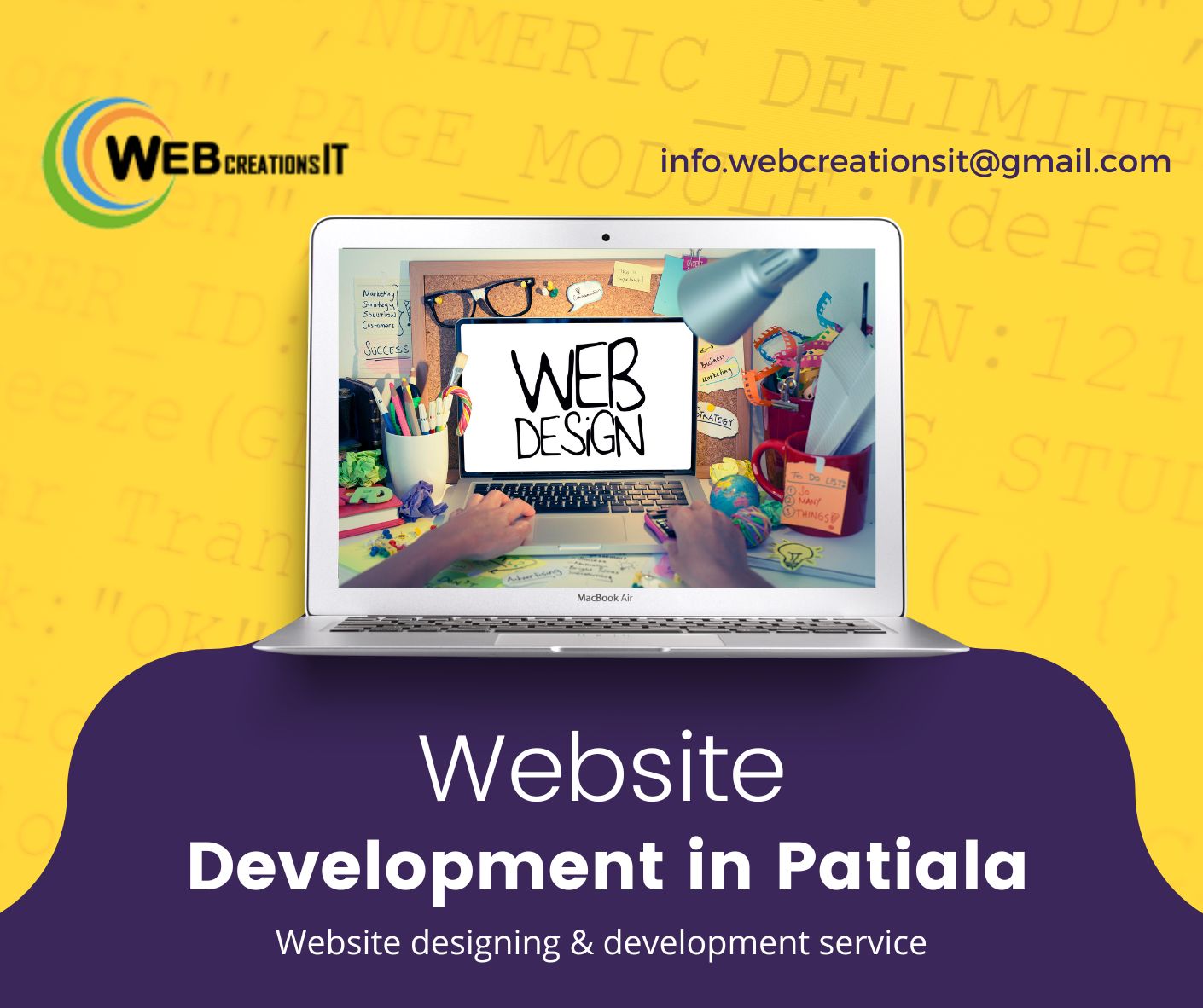If you are trying to optimize your web presence, you should consider fully responsive website designing. This type of website design is highly flexible, allowing users to view content and navigate your site without having to scroll down the page. It will also make your site mobile-friendly, increasing traffic flow and bringing in new clients. But what exactly is responsive website design? Here are a few of its most important benefits:*. Let’s begin by talking about the various types of mobile devices.
First of all, responsive design is all about making your site responsive to different screen sizes. This means that the design changes according to the size of the device a user is using to view it. This is essential for SEO, because websites that don’t optimize for mobile-friendly designs will lose rankings in search engines. More importantly, you won’t be found on mobile devices if your website isn’t optimized for small screens.
Next, you must consider the typeface. Smaller screens require bigger typeface. Even though you can adjust font size on a computer screen, it is difficult to read text on a cell phone. Apple recommends 16px font size for mobile users. However, there are some guidelines regarding font size on a mobile device. You must pay close attention to the typeface and the spacing of the text, since you don’t want to be seen as being too small or too large.
As a general rule, the design of a website must be fully responsive. The screen resolution is a critical factor when determining a website’s compatibility. The most common screen resolutions are 640 x 480 pixels, 1024 pixels, and 1480 pixels. These browsers support varying screen sizes and resolutions. This means that it’s crucial to make your site fully responsive to ensure that your site is accessible on all of them.
As a rule, responsive design should be fully compatible with different browsers and devices. For example, a desktop version of a website should work on a tablet as well as on a mobile device. A desktop version of a site should be compatible with different types of browsers. A web designer should also ensure that the design of a mobile-friendly site is fully functional on any device. While desktop users may maximize the browser window on their desktop computers, their browsers don’t always maximize it.
In addition to mobile compatibility, fully responsive website designing is also important for businesses. This type of site design has to be compatible with the many different screen resolutions. This means that the design should be compatible with tablets, smartphones, and other mobile devices. The design should be compatible with all of them. The user experience of a responsive site must be optimal on all screens. Depending on your business, you should adapt your website to fit each screen resolution.




